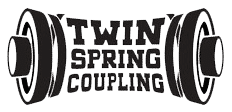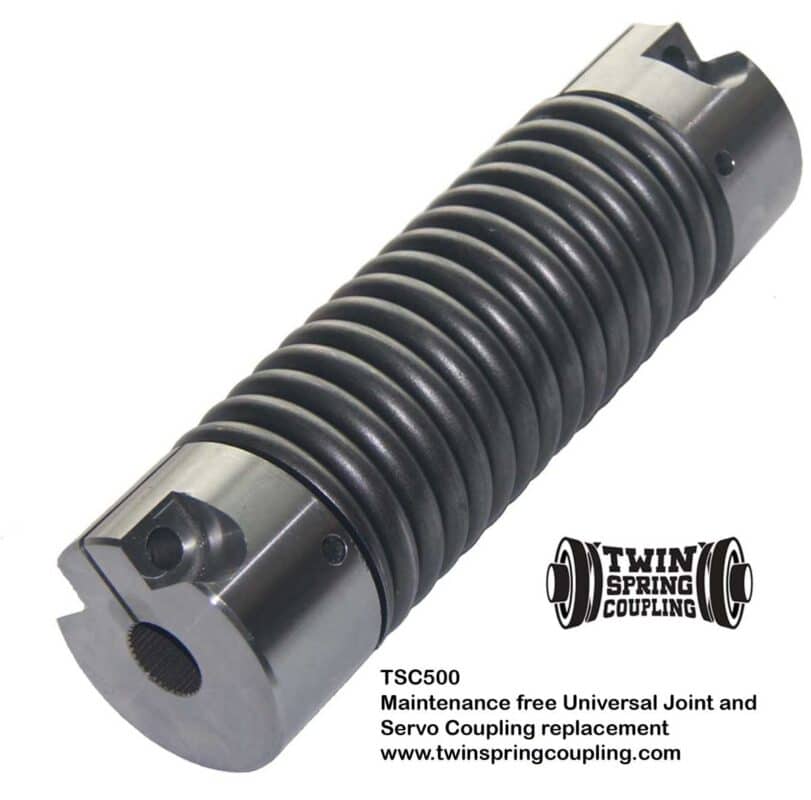Coupling solutions replace Lovejoy Universal Joints, Jaw couplings and other couplings.
Table of Contents
With the 24/7 demands on industrial couplings especially now with the COVID 19 virus meaning less service people and OEM MRO supplies are available, the service manager of these industrial companies have decisions to make.
How do I get the most out of the equipment to make it through this crisis? Complain to the OEM? Speak to the designers of the equipment about equipment “hacks”? Buying better components, even better than recommended by the manufacturer?
Universal Joints or something else?
Universal Joint manufacturers include
Lovejoy
Ruland
Belden
SKF
Hardy Spicer
Boston Gear
The coupling solution is all of the above, but also it raises a point of how do OEMS make better equipment ? The OEMs use tried and true equipment and usually dont variate from those components, even though they know those components cause most of the issues with their equipment. They know it is the cause of the warranty issues they may have but what else can they do. Replacement bearing crosses, greasing of bearings, premium bearings are all expenses to try to get u-joints to last longer.
Take for example a jaw type coupling, its a great solid flexible coupling unit BUT it contains an insert or spider to absorb the vibration between components, that’s the way its made but its something that wears and eventually fails.
At 0-1 degree it works fine, long lasting reliable but you get over that 1 degree misalignment angle, the hubs start to rub against the edges of the insert and then the insert starts to wear rapidly, until it get to a point where the spider insert disintegrates and the jaw hubs clamp together.
The equipment still runs but now there is nothing absorbing the equipment vibration, this vibration leads to equipment damage.
What about Jaw type couplings?
Jaw coupling manufacturers include
Lovejoy
Belden
Ruland
KTR
Boston Gear
This equipment damage is a lot more expensive than the L type jaw coupling itself, so what does the user do? Keep replacing the insert or risk more damage or change to another coupling unit but if there is nothing else to change to that isn’t without its own issues. Replacement spider inserts are certain but how long they last depends on the industrial equipment used.
The OEM will say you need to align the equipment to be within that 0-1 degree limit for optimal coupling life, ok but what if you cant or equipment loads vary?
There is nothing you can do except expect breakdowns and to keep on top of that, an increased maintenance schedule. No so fast your maintenance staff is at home due to the Coronavirus, now what?
This is a common occurrence with all coupling types, not just Jaw type, but also universal joints. Universal joints while more flexible than the jaw and beam couplings has its own issues, increased maintenance due to the bearings and lubrication required to keep the uni joint from failing.
The universal joint is over 115 years old and the original idea comes from the 16th century.
Universal Joints aren’t always the answer.
The universal joint is the go to coupling unit for a lot of industries not just industrial, automotive, farming and mining to name a few. This being said its the same issue as with the jaw type coupling, at any angle its internal bearings or components start to wear at an increased rate due to components like bearings, which wear in 2 ways.
1 Standard use, the balls inside the bearing cross need to be lubricated constantly or they heat up and this causes the balls to seize in their races. 2. As the angle of use increases the balls start to run against the edges of the race, this make the race wider and the balls looser increasing vibration.
2 One other aspect of bearings inside couplings is the environmental aspect, where are they being used. In industrial couplings are traditionally used in warehouses, covered from the elements with little contamination risk, but when used in environments like food or pumps where moisture and water are commonplace this does pose an environment that universal joints don’t do well.
The infiltration of moisture into bearings leads to failure due to rust and contaminated lubricants.
Elastomeric couplings are also an option, whether they be donut couplings, tire couplings and sleeve couplings, all have internal components that need to be replaced when they wear, and that wear increases as angular misalignment increases, even just temporarily.
When we invented the Twin Spring Coupling solutions we saw these deficits and designed around them, we made our couplings without any internal bearings so the constant greasing and replacing of the bearings isn’t required.
No bearings also means environmental factor concerns like water become less important from a planning and maintenance of couplings on equipment.
The angle of usage again that affects all of the current coupling technology doesn’t affect our couplings because we used a twin spring design, this allows flexibility on one hand but it also wants to return to center through the torsional force of the springs.
This makes it useable on both low angle high speed applications like that in industrial situations but also at higher angles of misalignment with lower speeds in market places like automotive, agriculture and mining.
Adding to that the fact that Twin Spring Coupling solutions is a one piece design, the aspect of broken hubs from jaw couplings or yokes from universal joints also disappears.
See what we can offer you to help keep your equipment running in such a difficult time.
See our product page for information on the three different model we currently.

